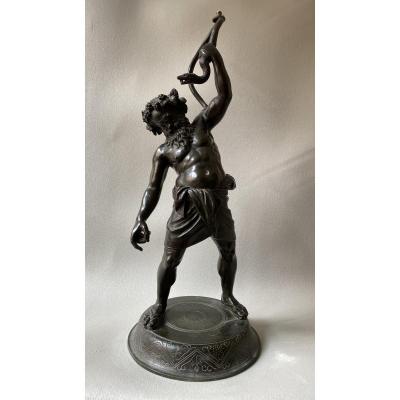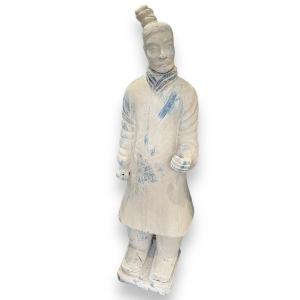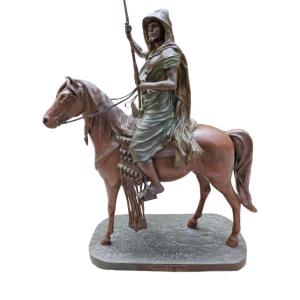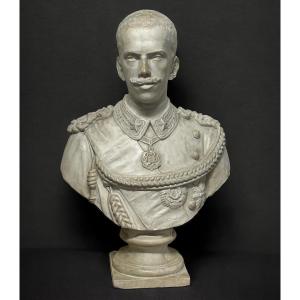Plaque called Compana.
Plaster decorated in high relief.
Height: 80 cm
Width: 54
beautiful patina
This plaque is part of a famous incomplete cycle of "Works of Hercules", respectively with the Hydra of Lerne, the Lion of Nemea and the Bull of Crete.
This type of plaque - called "Campana" named after the collector and researcher who devoted a very interesting monograph to them illustrated in 1842 - decorated public and private buildings. They were manufactured mainly in Rome and around between the 1st century BC. AD and the 1st century AD. AD
Stylistically, we notice a Hellenistic re-elaboration of well-asserted classical iconographies. They may have belonged to a sanctuary, given certain morphological affinities (size, oval friezes and palm leaves ...) and thematic links with the splendid Augustan decoration of the sanctuary of Apollo Palatine in Rome, built between 31 and 28 BC AD
These plaques are kept at the Louvre Museum and the Vatican Museum.
Plaster decorated in high relief.
Height: 80 cm
Width: 54
slight old losses and slight invisible crack
solid structure
a robust hanging system has been added to the back of the plate (metal rod)
Very old molding from the Louvre workshops.
other subjects ralated to Ancient Greek and roman art in my sales.
Feel free to contact me for more details























 Le Magazine de PROANTIC
Le Magazine de PROANTIC TRÉSORS Magazine
TRÉSORS Magazine Rivista Artiquariato
Rivista Artiquariato
